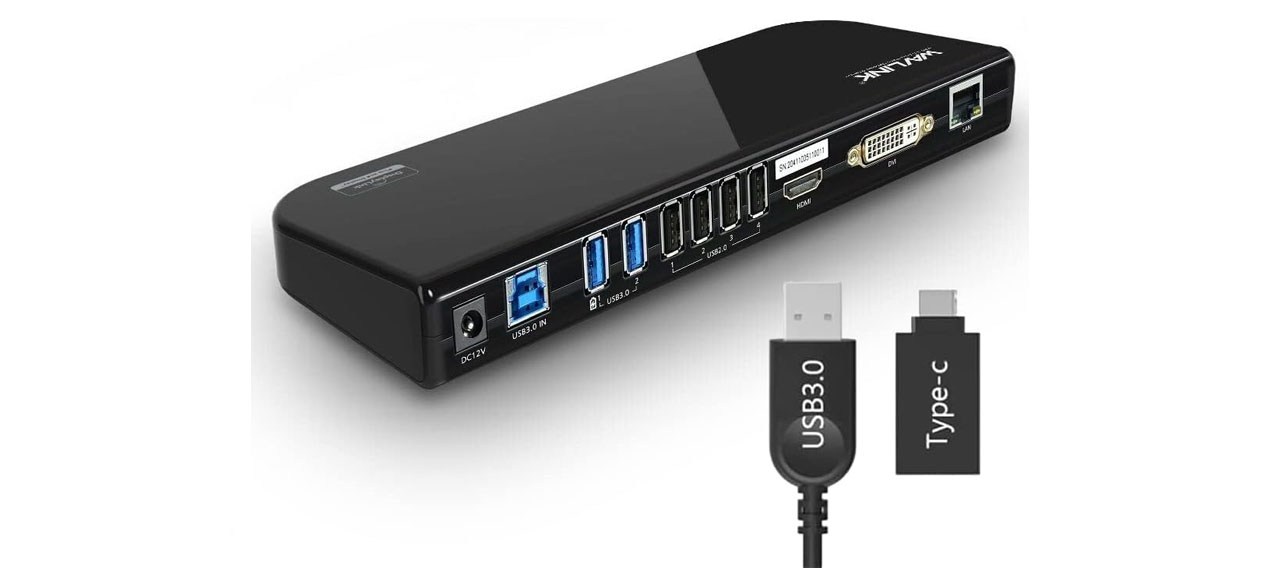
Which USB hubs are best?
As devices get smaller and lighter, less popular features—like Ethernet ports and full-size HDMI outputs—get removed from notebooks first. Some notebook PCs have even done away with USB Type-A ports, even though quite a few consumers have plenty of cables and devices that use them. Having the right USB hub can expand your connectivity, add SD and other card readers and allow for high-speed wired internet.
The best USB hub for most people is the Anker PowerExpand+ 7-in-1 because of its wide selection of connectors and reasonable price.
What to know before you buy a USB hub
USB plugs vs. USB protocols
Make no mistake, it can be confusing trying to navigate the sea of numbers and version names when trying to determine USB compatibility. On its most basic level, the term USB refers to the internal wiring that lets a PC recognize a USB-connected device. In everyday usage, USB can refer to either that physical plug configuration or the standards the device and computer each support.
The two plugs you’ll encounter most are Type-A and Type-C, which are very different configurations. Most users are probably familiar with the USB-A format, as it’s been used for years on all kinds of peripherals. After many years of dealing with a developing ecosystem, USB-C is finally mainstream and offers a more robust and long-lasting connector design. It’s also reversible, so you’ll never have to try to plug it in, then flip it over and actually plug it in.
The other part of USB naming is considerably more confusing. Terms like 3.0, 3.1, SuperSpeed, Gen2 2×2 and Thunderbolt 3 and 4 get thrown around in conjunction with USB-C, but they’re not all guaranteed to be supported by every USB-C-enabled device. Most USB devices that use significant bandwidth support the 5Gbps USB 3.0 protocol and an increasing number are engineered to the USB 3.1 Gen2 standard that ups the bandwidth to 10Gbps. Even fewer use the Intel-developed Thunderbolt 3 and 4 standards, which each have a peak bandwidth of 40Gbps.
Possibly the most important part of the USB-C standard is the USB-C Power Delivery protocol. Since it relies on the advanced design of USB-C, it’s not supported by any Type-A plugs or ports. USB PD can provide up to 100W of power, enough to charge most laptops at full speed.
What to look for in a quality USB hub
USB Type-A vs. Type-C connector
Most importantly, you should look for a USB hub that’s compatible with your available USB port. If you have a relatively new laptop with a slim design that doesn’t have bulky connectors like Ethernet or HDMI, you’re in luck because there are plenty of reasonably priced USB-C dongles with each of those connectors.
If you have a single open Type-A port and need to connect multiple Type-A devices, you can get by with something cheaper and simpler.
USB Power Delivery passthrough
Modern laptops often let you choose between a traditional power brick and DC barrel plug or a Power Delivery-enabled USB-C port …read more
Source:: The Mercury News – Entertainment



